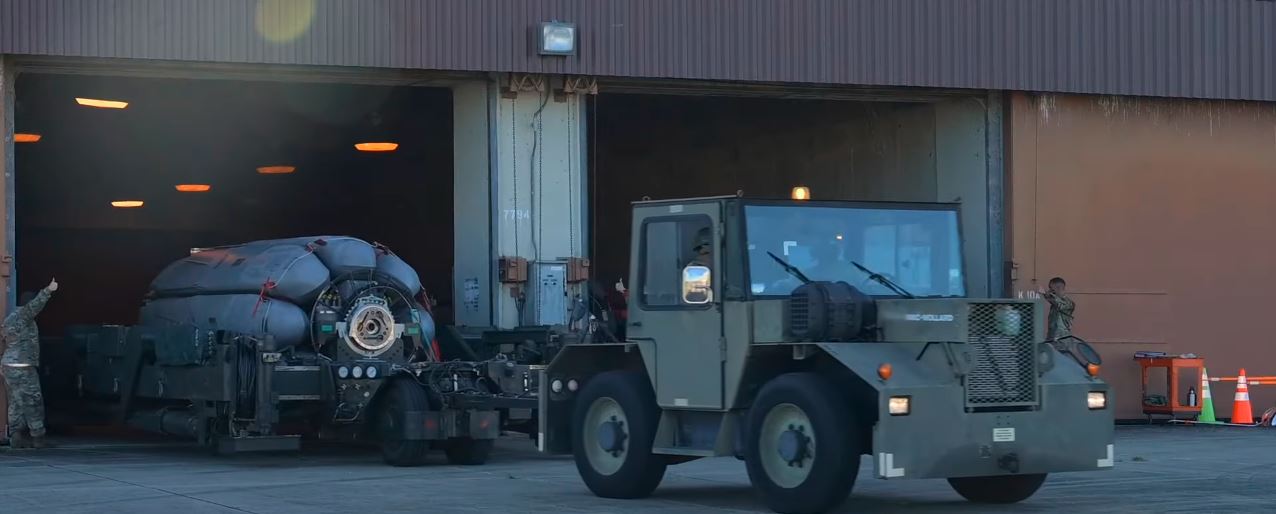The Pentagon is currently seeking congressional approval and funding for the development of a modern version of the B61 nuclear bomb.
This new variant will be known as the B61-13, According to a press release from the Department of Defense (DoD).
Based on a statement from the Department of Defense (DoD), efforts are underway to acquire congressional approval and secure the required funding for the B61-13 nuclear gravity bomb.
The B61-13 is an advanced version of the bomb and is currently being pursued.
Assistant Secretary of Defense for Space Policy John Plumb, emphasized the changing security environment and mounting threats from potential adversaries as the driving force behind this initiative.
Plumb stated, “The United States has a responsibility to continue to assess and field the capabilities we need to credibly deter and, if necessary, respond to strategic attacks and assure our allies.”
The B61-13, as per a provided fact sheet, is projected to possess a yield similar to the B61-7, which has a maximum output of 360 kilotons.
To put this in perspective, it’s approximately 24 times more potent than the bomb dropped on Hiroshima (15 kilotons) and 14 times more powerful than the bomb dropped on Nagasaki (25 kilotons) during World War II.

Additionally, the new bomb will incorporate modern safety, security, and accuracy features, mirroring the B61-12.
This announcement coincides with a period of rising global tensions, marked by the recent US high-explosive experiment at a nuclear test site in Nevada.
Corey Hinderstein, the deputy administrator for defense nuclear nonproliferation, explained that this test aimed to advance technology supporting US atomic nonproliferation goals, including enhancing the detection of underground nuclear explosive tests.
While the world awaits Russia’s anticipated exit from the Comprehensive Nuclear Test Ban Treaty, the US is taking a different path by developing a bomb intended to be deliverable by modern aircraft.
It gives the president options for striking hard and large-area military targets.
Crucially, the release emphasized that the B61-13 would replace some of the existing B61-7s in the US nuclear stockpile rather than expanding the nation’s nuclear arsenal.
Plumb stressed that this move represents a measured response to the challenges posed by a dynamic security landscape without increasing the overall number of nuclear weapons.


Comments are closed.